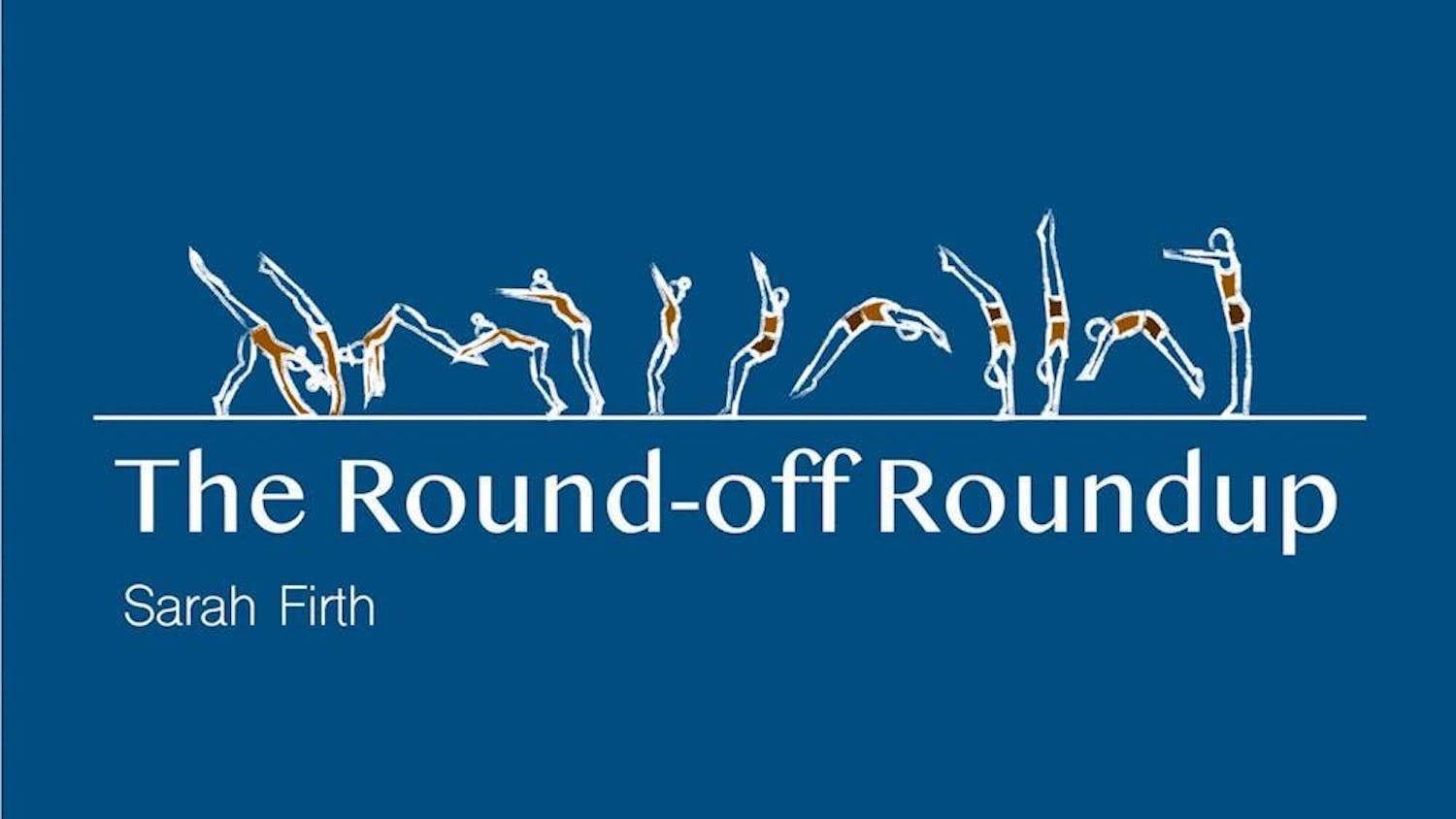My friend Owen cannot stop talking about “Gödel, Escher, Bach: An Eternal Golden Braid” (2019), a book about logician Kurt Godel, artist M.C. Escher and composer Johann Sebastian Bach. But really, Owen says the book is about the construction of significant context — like a written piece of music built from seemingly meaningless notation marks on paper. This has everything to do with math and coding, Owen argues. “Sure,” I thought and returned to pretending to do homework. But he wouldn't let up. Hours later, I came around. Owen was talking about symbolic representation as a vehicle for encoding meaning. That's engineering and math. But it's also linguistics. We both are interested in the potential and limits of symbolic representation. How, inevitably, when meaning is transcribed into symbols and transferred to another person, some of that meaning is lost.
You can see why we're friends.
Both linguistics and Owen’s kind of engineering are obsessed with coding and mathematical modeling because they (we) are obsessed with meaning and its symbols. In other words, we want to know how the transfer of information works: in speech, in writing or in higher math.
Owen and I share a common impulse to define and understand meaning as it manifests in the minutiae of matter or language. We have simply taken completely different paths. I’m a total liberal artist who’s taken every linguistics class Tufts has to offer and Owen has immersed himself completely in the world of mathematical modeling and its unintelligible universe.
Most Tufts engineers agree that the laws of logic can uncover the chemical and physical truths of the world, but other than Owen and the other linguistics minors, many don't see how language does that too. Linguistics is everywhere, and my goal for this column is to reveal how linguistics works its way into every aspect of our daily life. That is why the minutiae of it matters, and why there is so much conflict, controversy and confusion about the words we use.
As young people on a college campus, it makes sense that everything we say, write or publish is subject to intense linguistic scrutiny as we cannot effect real change in the world at this point in our lives. “It doesn’t surprise me that the battleground ended up being language,” said writer Zadie Smith on her recent Ezra Klein Show appearance.
We create our own “battleground” of language as the “mapping,” as Owen would say, of certain words or phrases. Symbols, and their meanings, shift over time. Or, the “mapping” between words and their perceived meaning stays the same but the context deems that meaning taboo and that meaning’s symbol therefore inappropriate to use.
This “battleground” of language is fascinating. It combines social issues, politics, the pursuit of meaning, syntax trees, grammar fights and institutions’ hesitance to change the name or linguistic sign for a program instead of changing its nature.
Another friend of mine, Jack, illuminated this concept as he explained his mechanical engineering professor’s displeasure that he could no longer use the word “defective” to describe a broken object. This professor is fighting back against the tension between changing societal contexts and the language we use. Our society’s context has changed, while his may not have.
A quirky obsession about the intersection of linguistics and STEM combined with the political background of how we use language every day perfectly exemplifies Tufts students. I’m excited to write this column as a means of igniting conversation and illuminating the daily life of campus culture through these observations of language’s manifestation on our hill.






